The Buffalo shooting, as it has come to be known, was a tragic but not extraordinary event in the American history of gun violence. Less than two weeks later, a gunman killed 21 people in a mass shooting at an elementary school in Uvalde, Texas. The Gun Violence Archive, a not-for-profit data collection and research group, has documented more than 600 mass shootings in the U.S. this year alone.
But the Buffalo shooting has spurred some soul searching in the science community, in part because Gendron’s manifesto cites dozens of peer-reviewed scientific studies as a rationale for his white supremacist views.
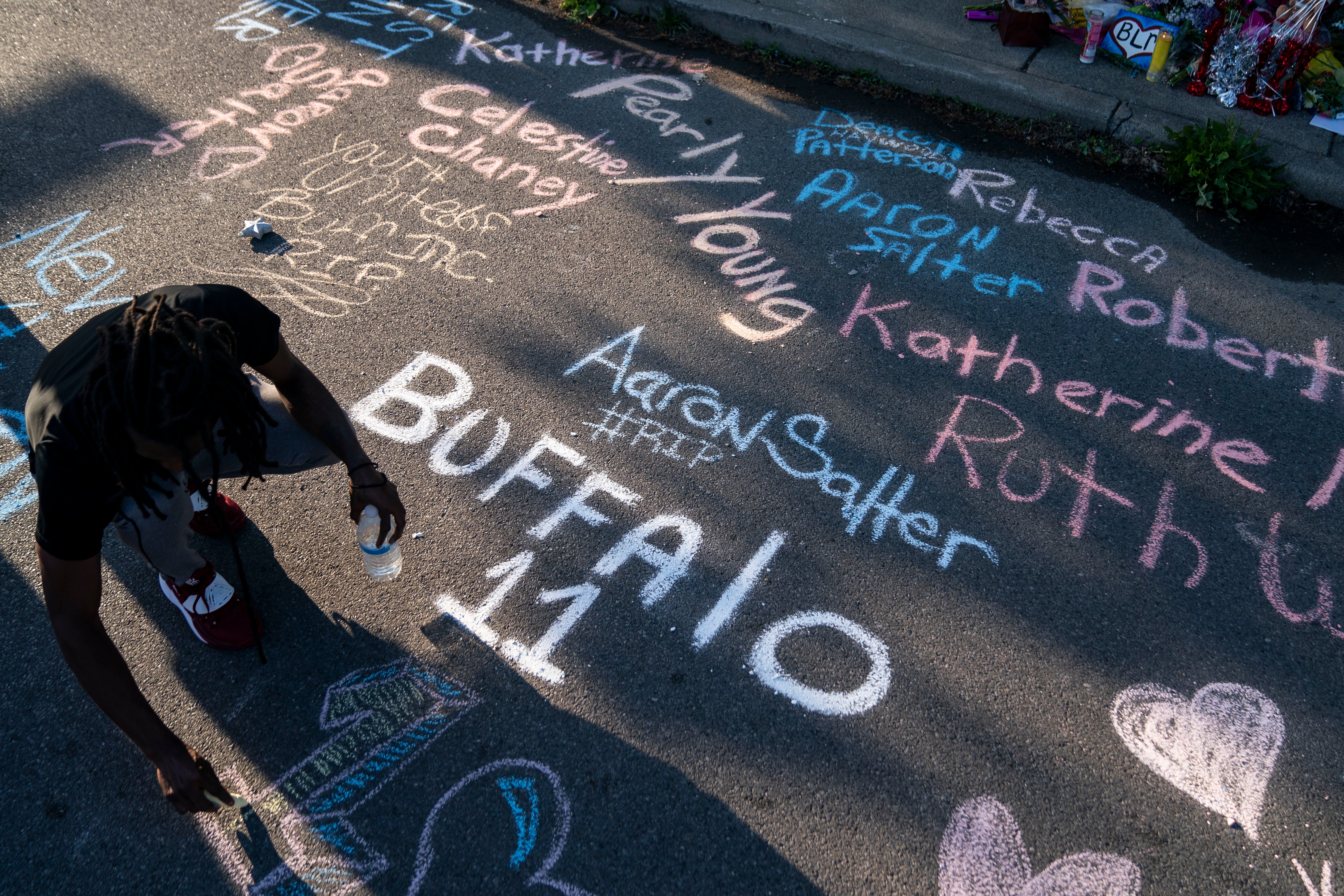
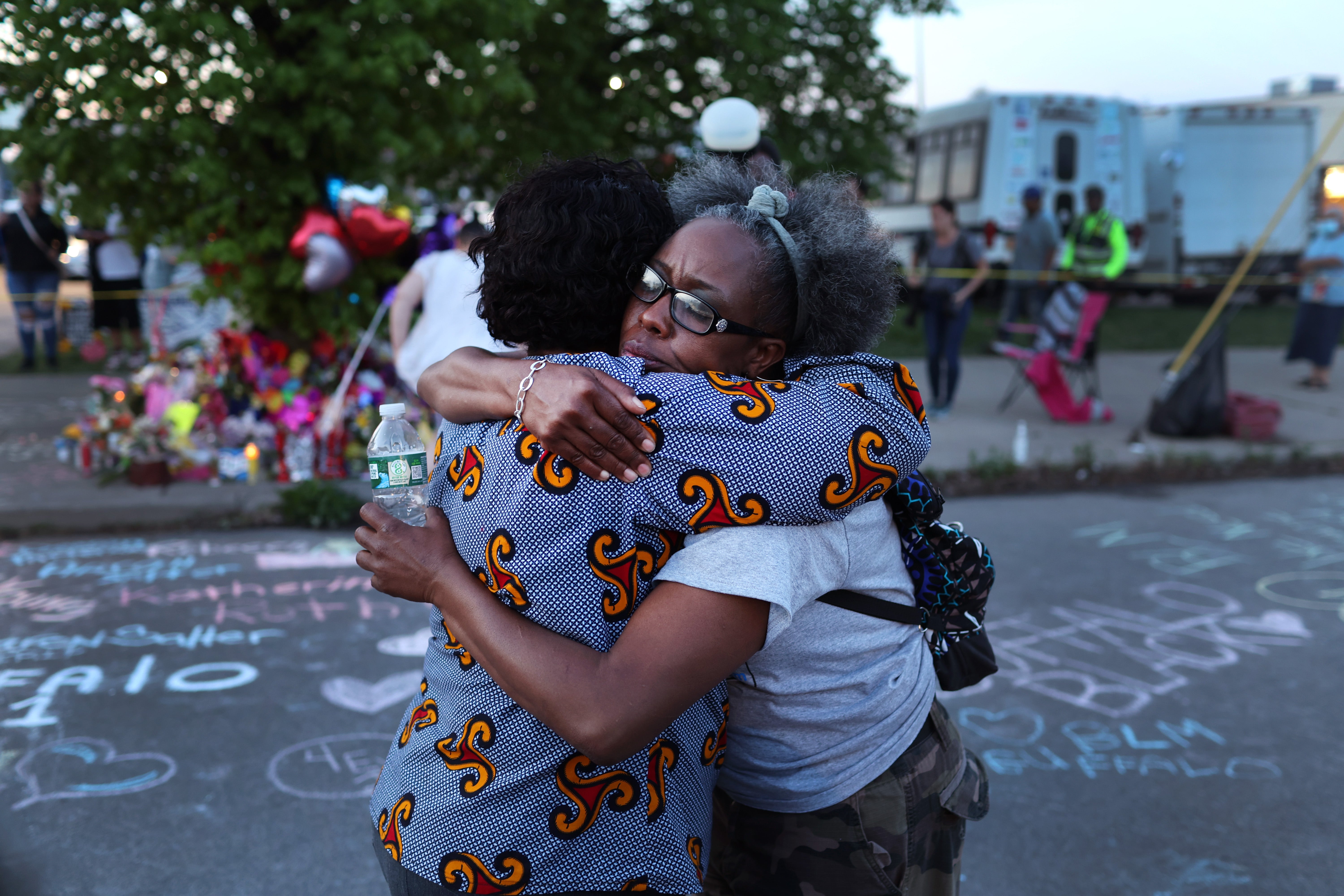
The document references widely discredited studies, published at the fringes of academia by researchers who have sought to revive long-debunked theories of race science. But it also cites a number of mainstream genetics studies, published in prestigious academic journals by researchers at some of the world’s elite institutions. These more reputable studies do not directly take up the question of racial difference, but they explore themes that have long interested race scientists: Some catalog human genetic variation by continent, while others probe how genes influence cognitive ability, propensity to violence, and other complex traits. In the pages of the manifesto, the findings of these studies are manipulated, misinterpreted, and distorted in an attempt to give racism the sheen of scientific authority, several of the studies’ authors told Undark.
The appropriation of legitimate genetics research for extremist ends unsettles scientists in part because it is not unique to the manifesto. “I feel like these ideas are out there in our culture and science has bolstered them,” said Howard University evolutionary biologist Stacy Farina, who later added, “I’m not surprised to see someone leverage them in that way in a manifesto.”
The manifesto, in that respect, does not just reflect one person’s distorted views. Rather it is emblematic of the broader spread of scientific racism, which experts say has come to wield an alarming amount of influence in the far-right political arena.
For centuries, scientists have been transfixed by the question of how, and why, humans differ. Answering these questions, modern geneticists say, could help deliver better medicine, social programs, and other benefits. But now many geneticists are weighing the societal risks of their work and confronting an unsettling possibility: that some of their field’s most common practices and conventions may serve to perpetuate the myth of race as a biological category and help fuel scientific racism.
As Farina sees it, there are always going to be people who willfully misinterpret science to further racist agendas. “But,” she adds, “I also think that sometimes we make it way too easy for them.”
Geneticist and University College London lecturer Adam Rutherford says that for some in his field, the Buffalo shooting has elicited a very understandable moment of self-reflection: “What is happening here? Is what we’re doing right?”
Had Gendron looked further back into the annals of history for his manifesto, to a time before the internet message boards, he could have found endless examples of scientists and other thinkers peddling the idea that humanity can be divided into hierarchical, biological races.
He might have come across University of California, Berkeley psychologist Arthur Jensen, who in a 1967 speech to the California Advisory Council of Educational Research hypothesized that Black students suffered from genetic disadvantage to their White peers, and that “no amount of equality of opportunity or improvement of educational facilities” could allow them to compete on equal terms. He might have read about the 19th century Harvard professor Louis Agassiz, who, according to the late historian William Stanton, told a Charleston, South Carolina audience the Black brain was that of “the imperfect brain of a seven months infant in the womb of a White.” He could have encountered one of his country’s founding fathers, Thomas Jefferson, speculating in the late 18th-century tome “Notes on the State of Virginia” that Black people were inherently “inferior to the Whites in the endowments both of body and mind.”
Had Gendron traced the idea of biological race all the way back to its origins, he would have probably come across the early 18th century writings of Carl Linnaeus, the Swedish botanist who, for his system of classifying living things, is known as the father of taxonomy. Before Linnaeus, such classification had largely been limited to plants and non-human animals. But in 1735, he broke with that tradition in his opus, “Systema Naturae,” which portioned humans into four groups at the top of the animal kingdom: White Europeans, Red Americans, Dark Asiatic people, and Black Africans.
Putting humans alongside other mammals, said Andrew Curran, a historian and professor of humanities at Wesleyan University, “was the big, big benchmark.” In many ways, Curran added, this classification was influential in unleashing “a material framework for the interpretation of human beings.”
Forefathers of Race Science
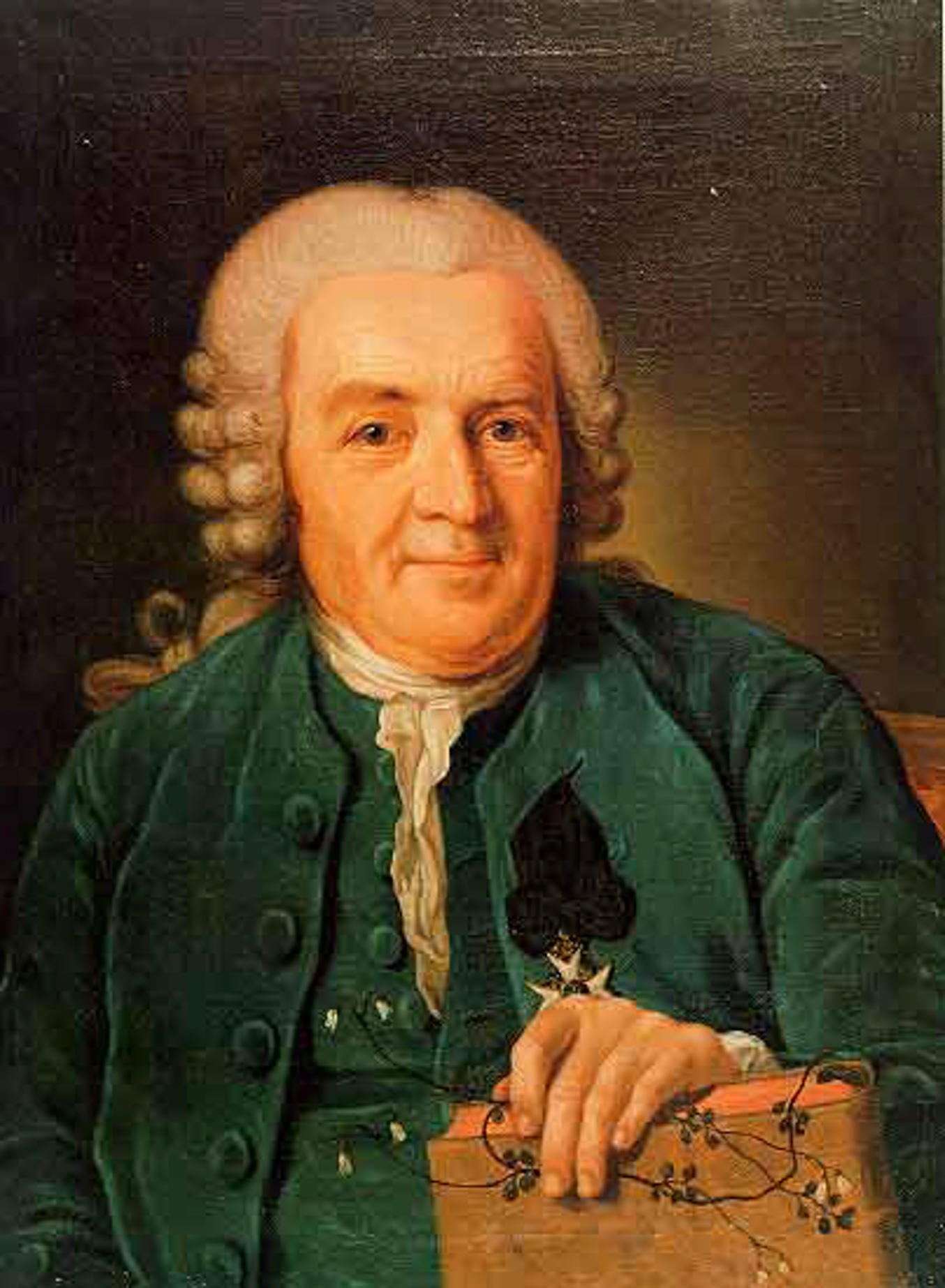
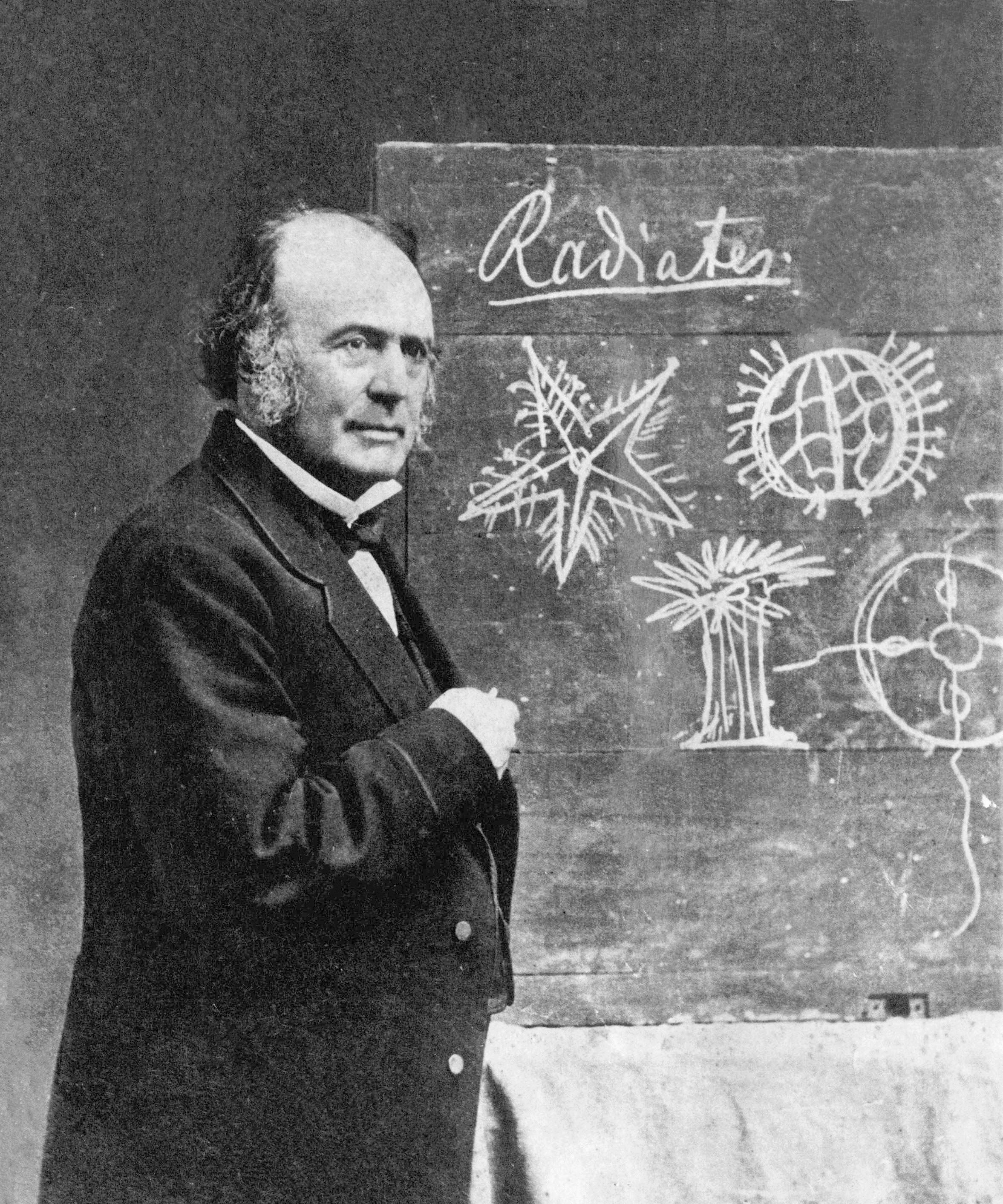
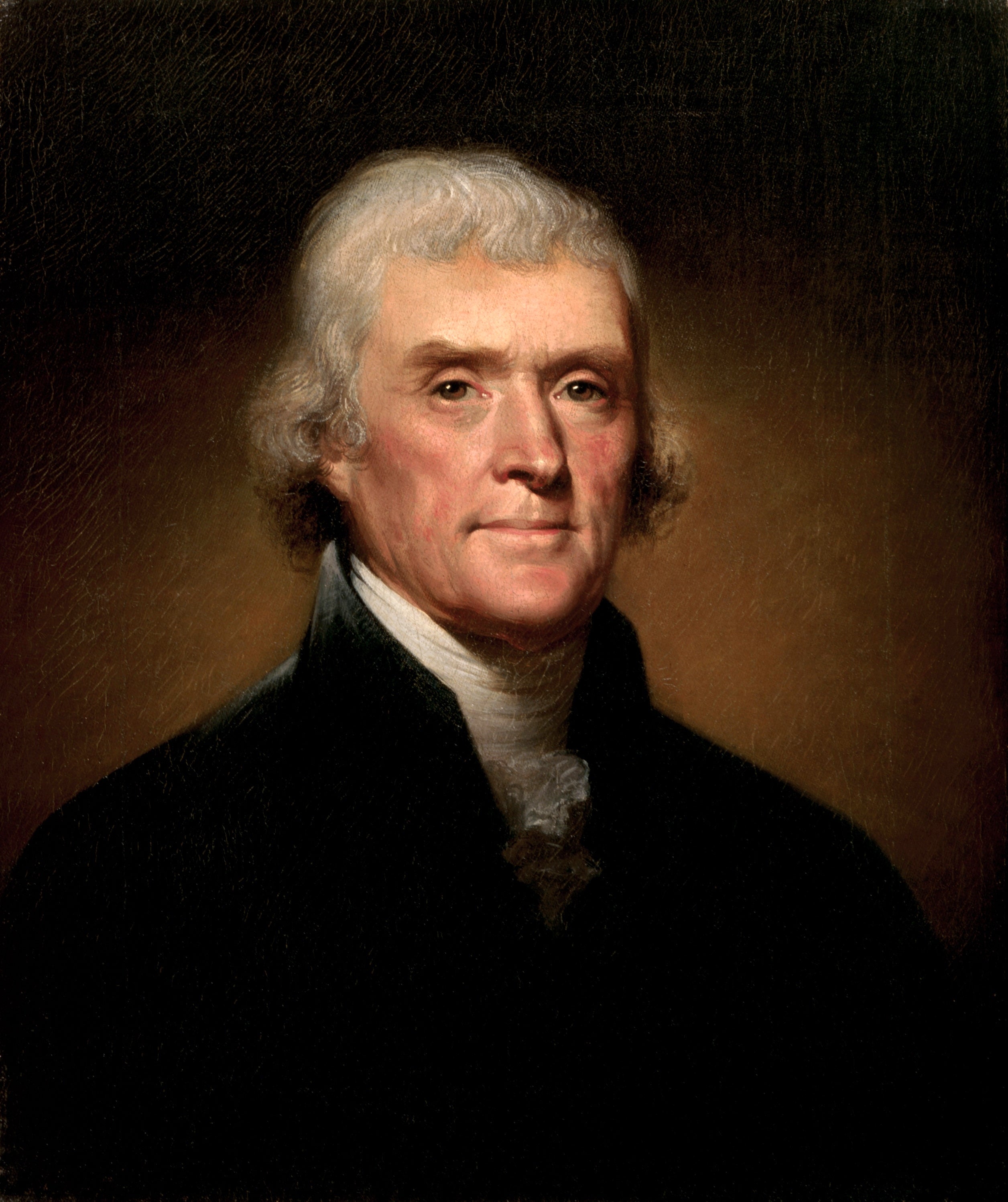
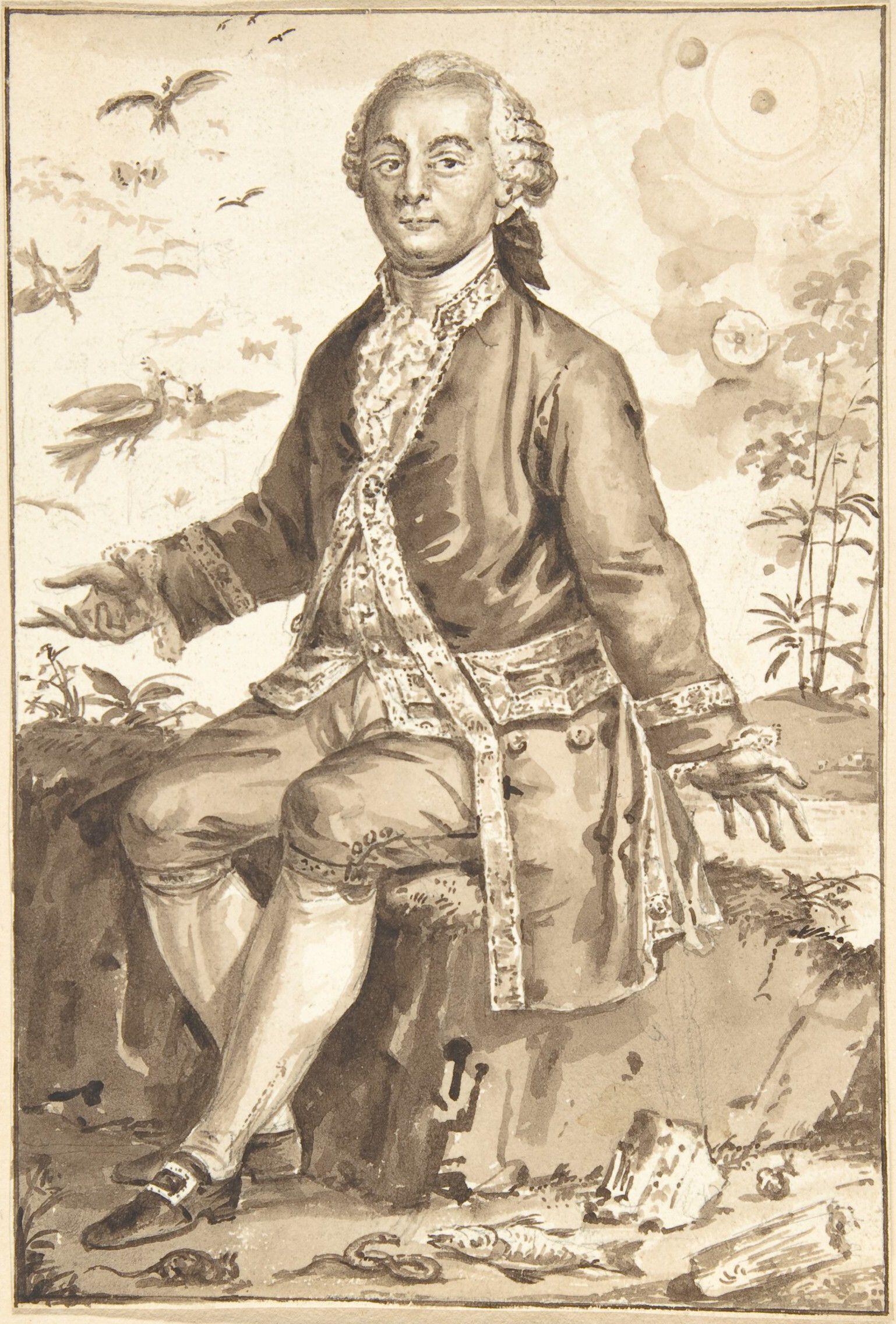
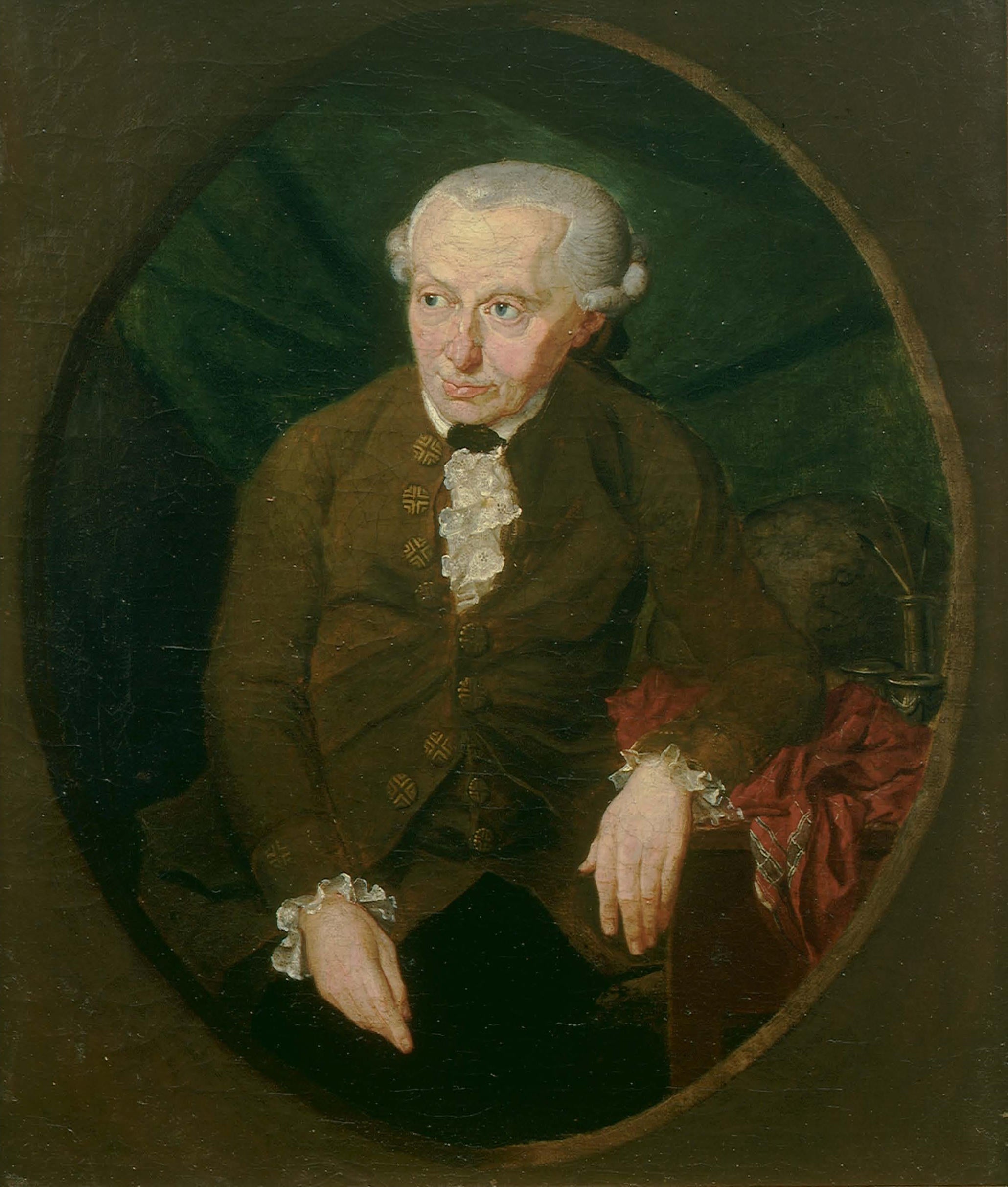
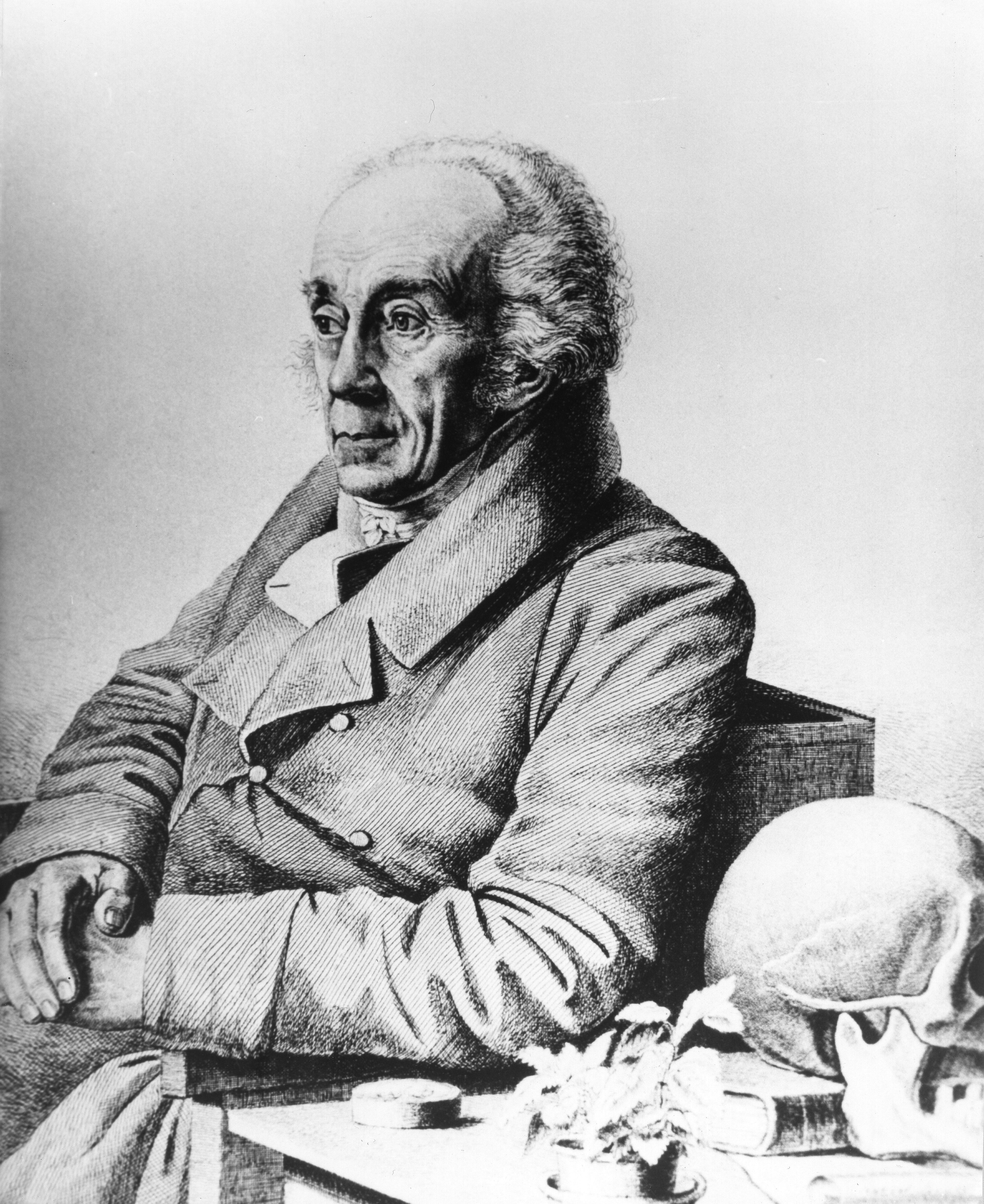
Other enlightenment thinkers—the French naturalist Georges-Louis Leclerc de Buffon, the German philosopher Immanuel Kant, the German anthropologist Johann Friedrich Blumenbach—joined in the effort to arrange humanity into a natural order. They generally based their schemes not on systematic observations or experiments, but on secondhand accounts from travel literature and legend, said Nicholas Hudson, a specialist in 18th-century literature at the University of British Columbia. In an era where the number of enslaved Africans being sent to the New World was increasing exponentially, the accounts that made their way back to Europe were almost always produced by people who were directly involved in colonization or in the slave trade itself.
The line between fact and fiction was porous—and at times, nonexistent. In his book “The Anatomy of Blackness,” Curran describes how Buffon—whose writings influenced generations of naturalists—at one point mistook a novel about a fictional English ship captain for a factual travelogue, and repeatedly used the character’s descriptions of African ethnic groups in his own scholarly writing.
If the concept of racial classification didn’t yet exist by name before the Enlightenment, it had long existed in practice. Laws such as France’s Code Noir, signed by Louis XIV in 1685, and hereditary slavery laws enacted in colonial Virginia in the 1660s had already enshrined chattel slavery in the New World, relegating Africans to legal inferiority. Many colonists had already come to see Indigenous Americans, whose land they were wresting, as savage. By forging a taxonomy for these differences, historians say, the naturalists of Europe were elevating old prejudices and political stereotypes into scientific orthodoxy.
By the end of the 18th century, the dividing lines were firmly drawn—and for the most part, they hewed closely to continental contours. In his “Observations on the Feeling of the Beautiful and Sublime,” Kant described four races of four colors, which mirrored the scheme proposed by Linnaeus. Blumenbach, after Europeans first landed in eastern Australia and Oceania, added a fifth.
“The Enlightenment imagination had become dominated by the picture of great continental land masses,” wrote Hudson in a 1996 essay on the origins of racial classification. “Each, apparently, with its own color of human.”
With race firmly ensconced in the scientific conscience, the rush began to validate its divisions with measurements and experiments. In the decades that followed, anatomists, anthropologists, physicians, and others would scramble to try to affirm the new natural order, inspecting facial angles, weighing brains, measuring skulls, examining ears and hair, parsing skin pigmentation, and comparing sweat glands. These investigations would not unlock any fundamental truths of race.
However, the notion of continental groupings as a meaningful reference frame for understanding human biological variation persisted. Although modern scientists largely consider that notion to be deeply problematic, it continues to shape widespread practices in genetics research to this day.
At a point in his manifesto, Gendron recalls his first steps to becoming a racist: in May of 2020 when, out of boredom, he started spending time on 4chan’s “/pol/” imageboard, short for “politically incorrect,” a popular forum for far-right extremism. In time, he would wear the labels “white supremacist” and “racist” proudly. In the manifesto, interspersed with bursts of inflammatory rhetoric, are a hodgepodge of bar graphs, comic strips, infographics, and images that play on the basest of racial stereotypes.
In one five-page stretch, the manifesto cites more than two dozen peer-reviewed science articles as purported evidence of white superiority over people he defines as Black. It references disgraced sources such as the late psychologist J. Philippe Rushton, whose forays into race science were so flawed and error-riddled that his work was publicly disavowed by the university that once employed him. It mentions mainstream research that has been challenged, including a roundly critiqued 2005 study that claimed to link a genetic variant common among Europeans to brain size.
In other instances, the manifesto turns research results completely on their head. It claims a 1998 study as proof that a genetic variant linked to high IQ is especially common in Europeans, when in reality, the variant was thought to be associated with low IQ, said University College London evolutionary geneticist Mark Thomas. “What was quoted,” he added, “was never actually said in the paper.”
Experts say that much of the content in the manifesto predates the document itself. Gendron pulled “prepackaged, meme-ified research objects” from “various blogs, various components of Reddit and 4chan, and so forth, and just, you know, chunked them into his manifesto,” said Aaron Panofsky, a UCLA sociologist who has studied the spread of online extremism.
In a 2020 paper, Panofsky and two colleagues argued that these kinds of ready-to-share memes are a central plank of the human biodiversity movement—an effort by far right bloggers, white nationalist outlets, amateur scientists, and other fringe figures to portray race as a biological construct, and to attack any science that purports to show otherwise. The movement has found receptive audiences among people in positions of power in the media and policy worlds, Panofsky and his colleagues write. Fringe and amateur scientists aligned with the movement have sought to wield the tools and findings of genetics to draw racial comparisons between groups, in the hope of uncovering a genetic basis for their differences.
Many mainstream geneticists shun those kinds of comparisons. They point out that, although studies do show that certain genetic variants, or alleles, appear more frequently in some ethnic groups than in others, the genetic variation among human beings is small— the collection of genetic material, or genomes, of any two human beings selected at random from any two parts of the world are likely to be 99.9 percent identical. Studies further show that, of the variation that does differentiate human beings, only a small fraction—between 10 percent and 15 percent—is found between continental populations.
But even if geneticists wanted to make the kinds of racial comparisons that adherents of the human biodiversity movement seek, those comparisons wouldn’t be scientifically meaningful, said Daniel Benjamin, a UCLA professor who works at the intersection of genomics and economics. “It just doesn’t make sense scientifically to compare the frequency of alleles across ancestor groups.”
The reasons are technical, Benjamin explained, and have to do with the experimental methods scientists use to try to tease out links between genes and traits. One of the most common approaches is known as a genome-wide association study, or GWAS, in which researchers comb the genomes of large populations and use statistical methods to try to identify alleles that influence a given trait. A typical GWAS might identify hundreds or thousands of alleles associated with a single trait—such as height, risk of coronary artery disease, or body mass index—with each allele influencing the trait to different degrees. Taking into account the effects of those alleles, researchers can generate a number, known as a polygenic score, that attempts to predict how a trait will appear in any given individual, based on which of the associated alleles are present in the person’s unique genetic code.
But the predictions of a polygenic score are imperfect. Recent GWASs have identified genetic factors that can explain about 40 percent of the variation in human height observed in certain groups, but only around 15 percent of the variation in coronary artery disease risk, and roughly 3 percent of the variation in body mass index. The hope, however, is that the scores can one day be deployed in clinical medicine to estimate a person’s risk of certain diseases based on their unique genetic profile.
But polygenic scores tend to work best when they are applied to people who are genetically similar to the group that was studied in the original GWAS. When researchers try to apply a polygenic score derived from a GWAS on one ancestry group to another, it often loses its predictive power. Studies have demonstrated, for instance, that polygenic scores that perform well with people of British ancestry don’t necessarily fare so well for people of Italian ancestry, and that scores derived from populations of European ancestry tend to lose much of their predictive power when applied to populations of, say, South Asian or African ancestry. A recent GWAS for height yielded a polygenic score that could explain about 40 percent of the observed variation in a population of European ancestry, but just 10 to 20 percent of height variation in other populations.
This limitation is sometimes referred to as the portability problem. Although geneticists aren’t entirely sure what causes it, they speculate that it could be an artifact of certain genetic patterns that vary between ancestry groups or a consequence of elusive gene-environment interactions. In any case, said Benjamin, the upshot is that GWAS results can’t be meaningfully used to make the kinds of between-group comparisons that race science enthusiasts are after. Comparing an allele that’s associated with a given trait in a GWAS across two different ancestry groups, he added, is like “comparing apples and oranges.”
As recent history has shown, however, that’s a reality that some proponents of race science would just as soon ignore.
On Sept. 15, 2018, an anonymous 4chan user posted a message that sent the site’s /pol/ discussion board into a frenzy. “I found goundbreaking [sic] genetic evidence for racial differences but I can’t do anything about it,” the user wrote. “If someone here is a scientist, go run the numbers and get it published at the risk of ruining your career but saving humanity. There’s a study that has thousands of genes associated with intelligence listed in their supplementary data.”
The user was referring to a GWAS published about six weeks earlier in the journal Nature Genetics, by a broad international collaboration of scientists. The study sought to identify alleles linked not with intelligence, per se, but with educational attainment—the number of years of school a person completed—and what the authors identified as proxies for cognitive ability, including an individual’s performance on a vocabulary test, their self-rated math ability, and the highest level math they’d completed. Altogether, the team identified 1,271 alleles associated with educational attainment, and several hundred associated with performance on cognitive and academic achievement tests. From those alleles, the group derived polygenic scores that could account for between 11 and 13 percent of the variation they observed in educational attainment, and between 7 and 10 percent of the variation in cognitive performance.
The GWAS was conducted on a population of European genetic ancestry, and when the researchers applied their polygenic score for educational attainment to people of African American ancestry, the predictive power plummeted, a potential casualty of the portability problem. Nevertheless, anticipating that their work might be misinterpreted by the public, the researchers published a 27-page FAQ to go along with the study, spelling out in no uncertain terms why it would be meaningless to use their results to try to make racial comparisons.
That September, however, users on 4chan saw things differently. One user, identifying only as an “Anarcho-Capitalist,” quickly concocted a scheme to cross reference the alleles identified in the Nature Genetics study with a publicly accessible catalog of genomic data called the 1,000 Genomes Project, which is sampled from 26 ethnic groups from around the world. Within two hours, the user had created and shared a table purporting to show 15 variants that were “known to increase intelligence” and that, according to the 1,000 Genomes Project, were more common in European ancestry groups than in African ancestry groups. “The data is pretty damning when you check the effect sizes,” the user wrote. “I don’t have time to do more than this, I only checked one of the tables in the study. There’s easily over 200 genes like this.”
To expert geneticists, the flaws in the user’s analysis would have been glaring, not least among them the failure to consider the portability problem. But 4chan users swooned. “This is a good red-pill,” one person replied in all caps. “Download this and spread before the references get shut-down.”
Over the next five days, the table was updated and reposted in a number of different 4chan threads. Then, on Sept. 20, an anonymous user, also identifying as an “Anarcho-Capitalist,” posted an updated version that listed more than 200 alleles. “There you have it,” the user boasted. “I estimated 200+ and indeed there are 200+ alleles that meet these requirements.” Over the next four years, that version of the table would be reposted more than 500 times on 4chan.
Eventually, a version would find its way to an 18-year-old from rural New York state, who would paste it into a document that detailed his plans to murder as many Black people as possible at a grocery store in Buffalo, New York.
Benjamin, a coauthor of the Nature Genetics study on educational attainment, said he learned of the table only after the mass shooting. “It was heartbreaking to see my work used that way,” he said, later adding. “The table completely mischaracterized our work.”
Roberta Drury, the first person killed in the mass shooting, had moved to Buffalo from the suburbs of Syracuse, where she was raised with an adoptive family. According to her half-sister, Nancy Witt, Drury’s biological father was Black and her biological mother was White. As Witt recalls, Drury embraced both aspects of her heritage. But in the wake of the shooting, news reports and law enforcement officials described Drury and the nine other people fatally shot that day, unequivocally, as Black.
So it is in the United States, where state laws once defined as Black any person who had a single drop of Black blood.
The sociologist Stuart Hall described race as a “floating signifier.” Throughout history, its definitions and boundaries have shifted under the weight of social, political, and economic forces. A person’s race is as much a reflection of the way society sees them as it is of the way they see themselves. “It’s not a rigorous concept. It’s a slippery concept,” said Panofsky. “If we mean by race that there is a single scheme and a universal classification system that works for everyone, everywhere at all times, and you can slot all the people into it—that is clearly falsified.”
Scholars have cited the fluid nature of race as a key reason to avoid it as a biological variable in genetics studies, along with concerns that doing so perpetuates the myth that humans can be clearly divided into discrete genetic groups.
Many scientists do continue to see value in using race as a social variable that can have bearing on health outcomes, akin to household income or education level. However, the use of race as a genetic category has waned in recent decades. A 2021 assessment of papers published in the American Journal of Human Genetics found that the term appeared in 22 percent of the journal’s articles between 1949 and 1958 and just 4 percent of articles published between 2009 and 2018. An earlier study that analyzed articles published in the journal Nature Genetics found that racial categorization schemes were used in about 35 percent of that journal’s articles in 1993, but only 20 percent in 2009.
Race, however, has always been intimately tied to geography; it is often used as a kind of shorthand for society’s best guess at where a person’s ancestors lived during a certain slice of human history: South of the Sahara? West of the Urals? East of the Bering Strait?
In geneticists’ shift from race, they have embraced those geographies, increasingly using continental ancestry to categorize groups. A recent analysis, yet to be peer reviewed, of 205 anthropology, biology, medicine, public health, and sociology studies published since 2019 found that continental labels were “by far the most common type of label applied to ancestry groups.” Even the 1,000 Genomes Project, a widely referenced DNA databases in genetics, organized data from the 26 ethnic groups it sampled along continental lines: Africa, Europe, East Asia, South Asia, and the Americas. (A principal investigator of the project did not respond to questions about the study’s use of continental categories.)
Continental ancestry categories have become especially common in GWAS, where they essentially serve as a kind of proxy for defining a population of individuals who are genetically similar enough to be analyzed as a group.
It’s a trend that bioethicist Anna Lewis finds troubling. “I think the danger we’re at is all of the problems that we have with race—and the way it gets used as a, you know, biological phenomenon—then get shoved into this highly ambiguous concept of ancestry,” she said. “Most of the time, and we’ve got empirical data on this as well, when people are talking about ancestry categories, they’re talking about these continental ancestry categories. And those map onto, in this one-to-one way, with these sort of race-based categories of old.”
In April 2022, Lewis was one among a group of 20 geneticists, bioethicists, historians of science, and others who penned an essay in Science decrying the use of continental ancestry categories in genetics research. “Systems of racial classification have historically regarded continents as meaningful group boundaries,” they wrote. “Whenever continental ancestry categories are used, the risk is high that a misconception of race as a biological attribute will reenter through the back door.”
Indeed, this back door may have created an opening for Gendron’s racist interpretations of the scientific studies cited in his manifesto. Of the 25 peer-reviewed studies he referenced, around half used race or racial labels, according to Undark’s analysis. All but seven used continental ancestry groups of some sort. For the likes of Gendron, however, race was apparently an easily readable subtext.
Critics of the use of continental categories in genetics point not only to the social dangers of reifying biological categories that align closely with popular notions of race; they also argue that a reliance on these categories holds back science. The practice gives the impression “that these groups are a particularly special way of dividing up the human species, such that you capture something important about the structural variation. And that’s just not true,” said Oregon State University philosophy professor Jonathan Kaplan, who has written extensively on the bioethical issues in genetics research. There are other ways, he added, to parse genetic variation that would produce very different categories that look nothing like continental divisions.
Lumping the people of any continent into a single group can erase important nuances of human variation, but it does a particular disservice to the people of Africa, said Kaplan. DNA evidence suggests that humans have been living and evolving in Africa twice as long as it has in any other continent, and Africa is home to an outsized share of humanity’s genetic diversity.
“To refer to the African population,” said Kaplan, “is to refer to something that doesn’t really exist, because it’s a conglomerate of several populations, each of which is as different and as large as the ones they’re being compared to.”
Ascribing Meaning to Difference
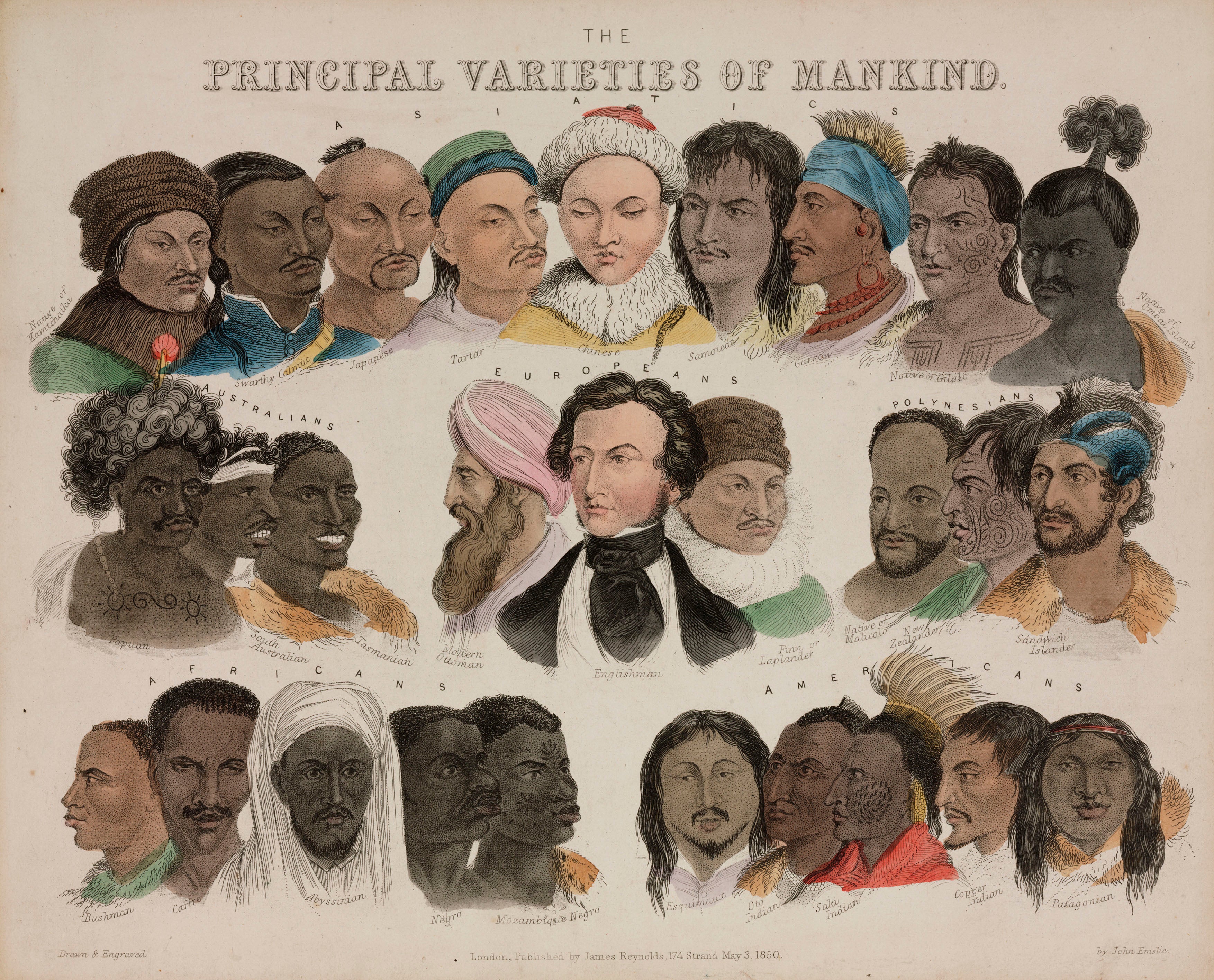
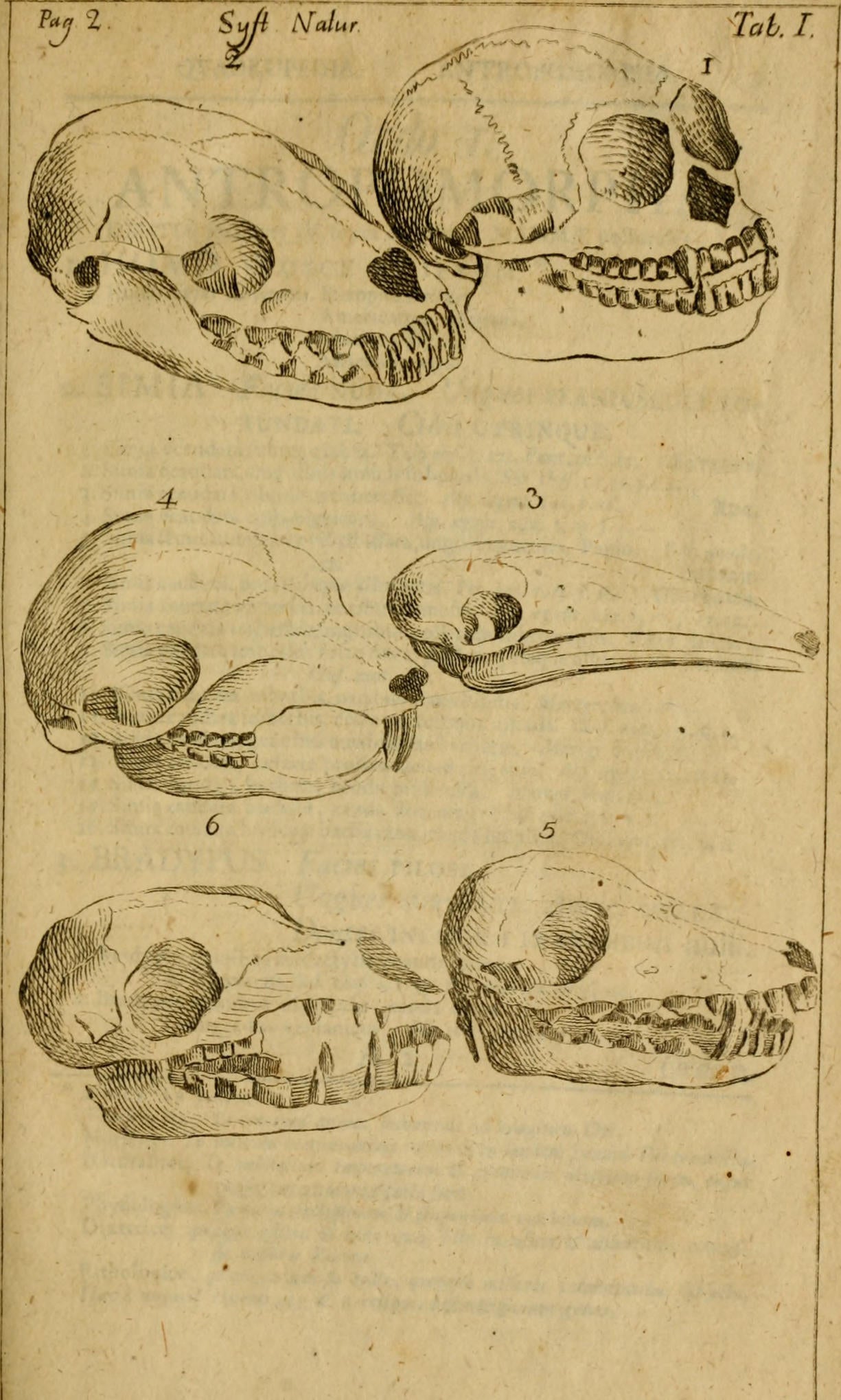
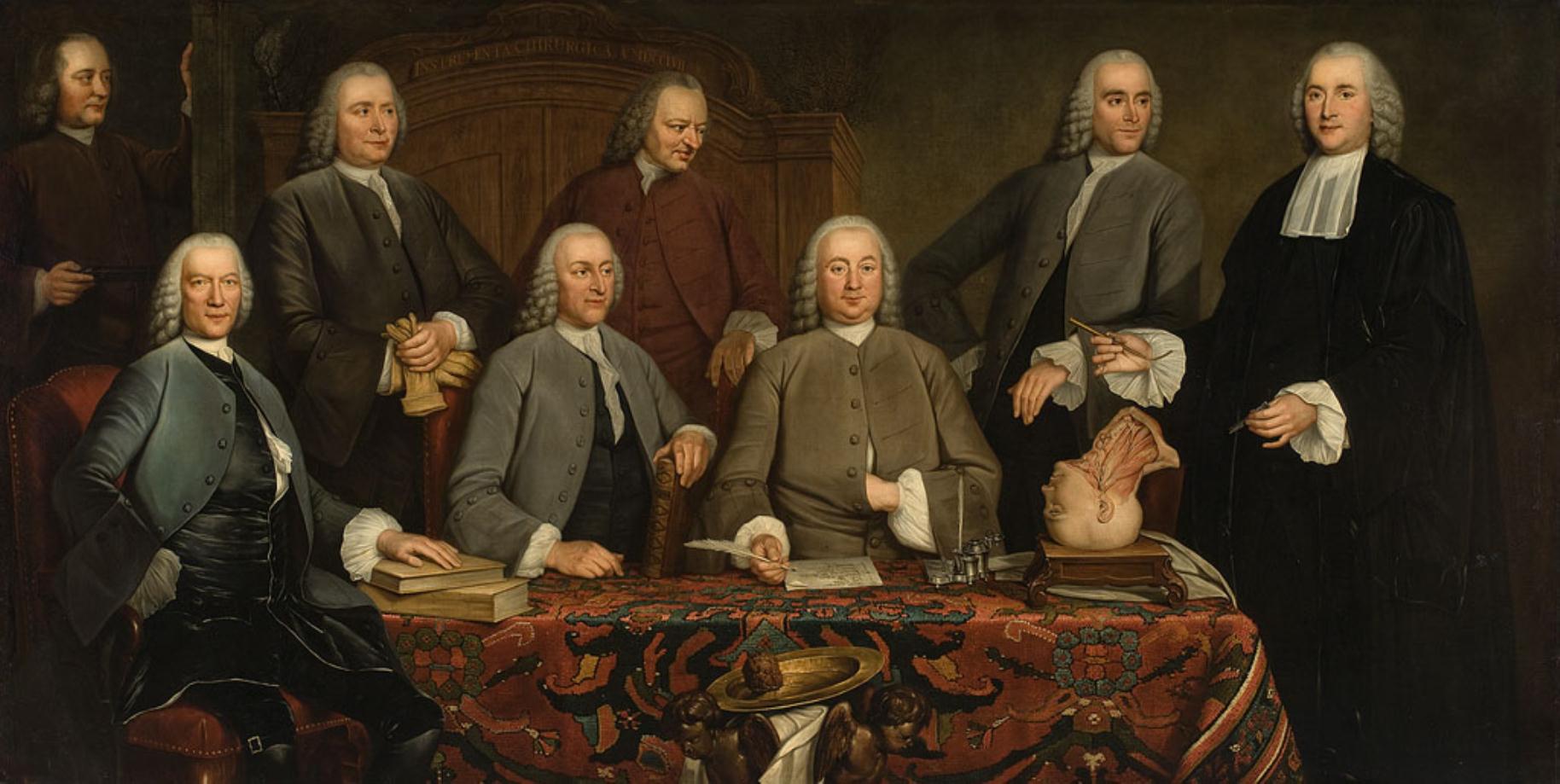
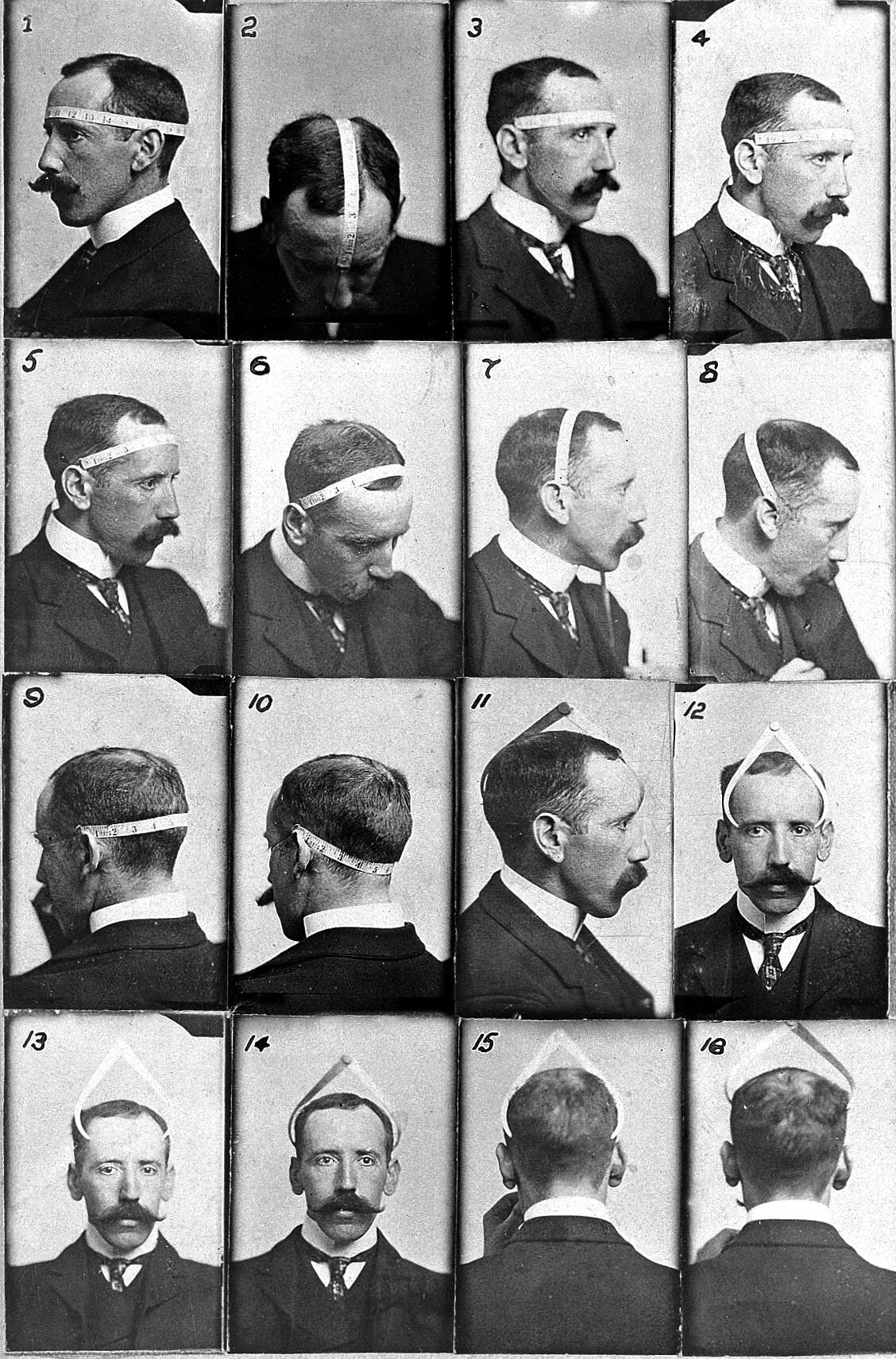
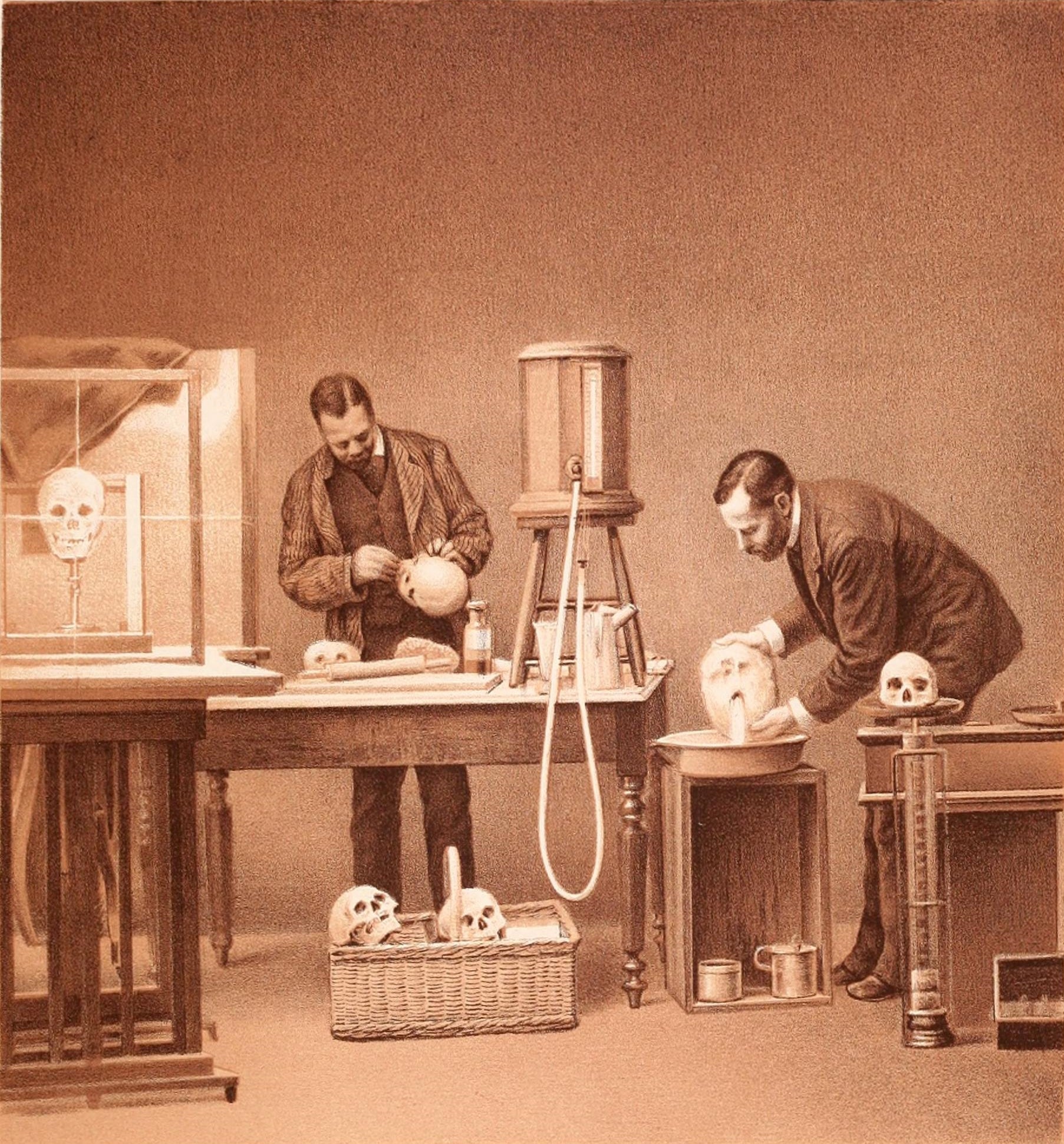
Crucially, experts say, the flow of genes over the course of human history has been shaped not just by continental boundaries but by regional divides. It has been influenced not just by geography but by language, social mobility, and other factors. “Human genetic variation is definitely geographically patterned. It’s patterned in other ways as well,” said Lewis. “This is about who ends up having children with who at the end of the day.” That researchers so regularly privilege continental ancestry categories over the myriad alternatives, she said, could be obscuring potentially interesting science.
Lewis is among a growing number of researchers who believe that, for many genetics studies, artificially imposed ancestry categories—be they continental or otherwise—may not be necessary at all. Rather than using geography as a proxy for shared ancestry or genetic similarity, they say, researchers can define those concepts mathematically and calculate them directly, based solely on a statistical analysis of the information contained in peoples’ genetic codes.
In one recent study, yet to undergo peer review, a group including computational biologists at the University of California, Los Angeles, used one such mathematical measure, known as genetic distance, to test the portability of polygenic scores derived from a population of White British ancestry. By considering each person’s unique genetic distance, rather than lumping them into continental groups, the researchers report that they were able to pick up on nuances they might otherwise have missed. They found, for instance, that the predictive power of a polygenic score can differ for two people from the same ancestry group—and can be very similar for two people from different ancestry groups—depending on their genetic distances.
That result, in many ways, underscores what many geneticists already believed: that continental ancestry groups are far from homogenous populations, and that group averages across those populations may obscure details about the individuals who belong to them.
And, for Lewis, it is a great example of how, in some cases, “we just don’t need to divide humanity up and refer to any kind of populations. It just doesn’t help us scientifically.”
Daniel Benjamin has known for years that white supremacists have been interested in his work at the intersection of genetics and cognitive ability. The effort to identify links between genes and traits related to intelligence is fraught and controversial; white supremacists have especially latched onto the claim that people of European ancestry are inherently more intelligent than those of African ancestry, despite the lack of evidence to support it.
“There are these fringe figures in the scientific community who are constantly writing papers comparing across racial groups,” Benjamin said, adding that he was aware of conversations about this fringe science that were taking place in white supremacist online communities.
Yet Benjamin and other scientists have continued to pursue the line of study, and funding agencies, including the National Institutes of Health, have continued to support it. (In an email to Undark, an NIH spokesperson wrote that the agency is “examining the implications from this field of research,” and that they “are mindful of the capacity for genomic research to be an impetus for revolutionary change as well as incredible, irreversible harm.”) Benjamin’s hope is that polygenic scores developed for educational attainment and other measures of behavioral and social traits will one day improve the analysis of social science experiments. As he envisions it, the scores could be used in randomized studies, in much the same way that scientists try to control for family income or parents’ educational level. The thinking is that by controlling for genetics, researchers could better estimate the effectiveness of interventions.
Benjamin and other researchers in this field are clear-eyed about the potential for their work to be misappropriated. He is part of a working group of more than a dozen geneticists, bioethicists, social scientists, and science historians who are grappling with the societal implications of research in social and behavioral genomics—a field that studies genetic underpinnings of social behaviors and psychological traits, and that has dark historical connections to scientific racism. The group is addressing the ethics of this work and evaluating how to do it responsibly. He said his own group has already taken steps to mitigate the risks of their work being misinterpreted or misappropriated. They now require anyone who wants to download their publicly available study data to first agree to an assortment of terms and conditions relating to the ethical use of genetic data. The scientists have also published lengthy FAQs that explain, among other things, why it is scientifically meaningless to use their results to make racial comparisons.
Yet even in their latest GWAS on educational attainment and cognitive ability, a 2022 study of more than 3 million individuals, Benjamin and his colleagues grouped people into continental ancestry populations. (Benjamin notes that they now use the terms “European genetic ancestries” and “African genetic ancestries” instead of “European ancestry” and “African ancestry,” to distinguish genetic ancestry from other forms of ancestry and to reflect the fact that a continental population consists of many different ancestries.)
Benjamin said in an email that he believes such continental groupings probably are not necessary for doing GWAS studies, testing the portability of polygenic scores, or deploying those scores in clinical settings, given that there are alternative ways to estimate genetic similarity. But he said he and other research groups have continued to use the categories because the alternative approaches are still being developed, and because “researchers want labels” for the populations they commonly use, among other reasons. He also noted that large-scale GWAS have historically relied on massive collaborations in which many different labs coordinate data analysis, so there’s been a need to standardize the analysis. That’s made it difficult for any one lab to unilaterally decide to try new approaches, he suggested.
Lynn Jorde, a geneticist at the University of Utah, said he thinks that continental categories persist in genetics largely out of convention. Using them, he said, makes it easier to compare new results with old studies.
Two papers that Jorde co-authored, published in 2007 and 2010, were cited in the Buffalo shooter’s manifesto—and both used continental ancestry categories, among other groupings, to define genetic populations. Jorde maintains that those papers were grossly misinterpreted in the manifesto. But he also said that continental labels probably do perpetuate a dangerous, and scientifically incorrect, notion that humans can be meaningfully divided into discrete geographical ancestry groups. “In general, my feeling is the field is moving away from using those continental groupings to make comparisons,” Jorde said. “And I think it’s a healthy movement.”
By many indications, however, continental categories remain deeply entrenched in modern genetics research. Lewis has advocated for moving away from that continental paradigm, yet she sees that as just one of many important steps the field must take to do its work more responsibly. She is part of a working group at Harvard’s Edmond & Lily Safra Center for Ethics that has been trying to develop a broader ethics framework for research on genetic ancestry—a framework she said she hopes can guide researchers on how they form research questions, how to responsibly report findings to the public, and more. “We have to think about potential harms—not just direct harms to research participants, but these indirect harms,” she said. And as of yet, she added, geneticists “don’t really have good frameworks for thinking about that.”
The Tops supermarket where the Buffalo shooting unfolded is located on the city’s predominantly Black East Side, opposite three vacant lots at the intersection of Jefferson Avenue and Riley Street. Even before the tragedy, this side of town was marred by the scars of racial dividing lines.
In a 2021 report chronicling the state of Buffalo’s Black communities, researchers at the University at Buffalo Center for Urban Studies described an East Side that has for decades been undermined by systemic discrimination and neglect—from the redlining policies that funneled droves of Black migrants into declining East Side neighborhoods in the 1940s, to the White flight that has hollowed out the city in more recent years.
“The City marginalized the East Side in its planning and development strategy,” the authors wrote, and the consequences spilled over into virtually every aspect of Black life: A little more than a third of Buffalo’s Black residents have incomes below the poverty line; fewer than a third own the homes they live in; and there are more Black high school dropouts than Black college graduates. In Erie County, home to Buffalo and its suburbs, roughly three in every five Black residents dies prematurely, before the age of 75. Collectively, Black residents lose more years of life to premature death than any other ethnic group.
Various studies have touted modern genetics as a potential tool to ameliorate health woes that disproportionately plague Black communities like those on Buffalo’s East Side, and as a means to combat social inequality. But detractors worry that the research—and GWAS in particular—could deepen health disparities and falter as an agent of social justice. Partly, that’s because, to date, major genetics studies have largely excluded people of color. According to one study, nearly 78 percent of the individuals included in GWAS conducted in 2018 or earlier were identified as being of European ancestry; just about 2 percent of individuals were of African ancestry, and a little over 1 percent of Hispanic or Latin American ancestry. As a result, the prediction tools that are currently emerging from the recent proliferation of GWAS and polygenic scores may be of diminished usefulness to Black and Brown patients.
But a more fundamental problem, said Kaplan, is that the focus on genetic solutions to public health and social problems may be distracting attention from the true drivers of these problems. “If what you’re trying to do is solve the problem of, you know, the ludicrously high maternal mortality rate in Black Americans, or the ways in which Black Americans die on average, at the moment, seven years earlier than White Americans—if those are the problems you’re after,” he said, “you’re not going to get them by clever polygenic scores, because that’s not what’s driving them.”
The true drivers, he added, “are socio-economic factors, legacies of racism, contemporary racism, all the social determinants of health that we know absolutely swamp everything else.”
One of the big revelations of the GWAS era, according to Kaplan, is that genes just aren’t as predictive as many thought they would be. There was an expectation that genetic inheritance would explain around 50 percent of the variation in most quantifiable human behaviors, he said, but “we’ve found nothing like that when we look at the genome.” So, whereas aims like controlling for genetic factors in social science experiments may be legitimate goals, he added “approaching it through polygenic scores for educational attainment is a terrible way to go about it,” largely because “they’re too weak to actually do that kind of work.”
For Panofsky, it’s not clear if or when many of the loftier ambitions of large-scale genetics studies will materialize. He says that his intuition is that it’s all promissory towards the future, and that proponents of the work are always sort of saying, “right now this hasn’t helped us that much, but where this is gonna go is lead us to cure, you know, heart disease, and whatever—and not just heart disease, but racial disparities in heart disease, or prostate cancer, or breast cancer.”
What did materialize on Buffalo’s East Side in May, along a plain black wall across the street from the Top’s supermarket on Jefferson, was a makeshift memorial. Scrawled along the length of the wall, in pastel chalk, were appeals to community solidarity, affirmations that Black Lives Matter, and benedictions for the 10 lives lost in the Buffalo shooting. Portraits of the 10 victims were affixed to the wall with tape. There was the retired policer officer, decked out in full uniform. There was the baking enthusiast, regal in a black sun hat.
And there was Roberta Drury, wearing a toothy grin, her dark curls pulled back in a ponytail. This is the Roberta that Nancy Witt remembers—funny, beautiful, courageous. “Anytime I needed to cry, she’d make me laugh,” Witt recalled. “She was an incredibly bright person. She just had this personality that shines.”
“I miss her so much.”
This article was originally published on Undark. Read the original article.

